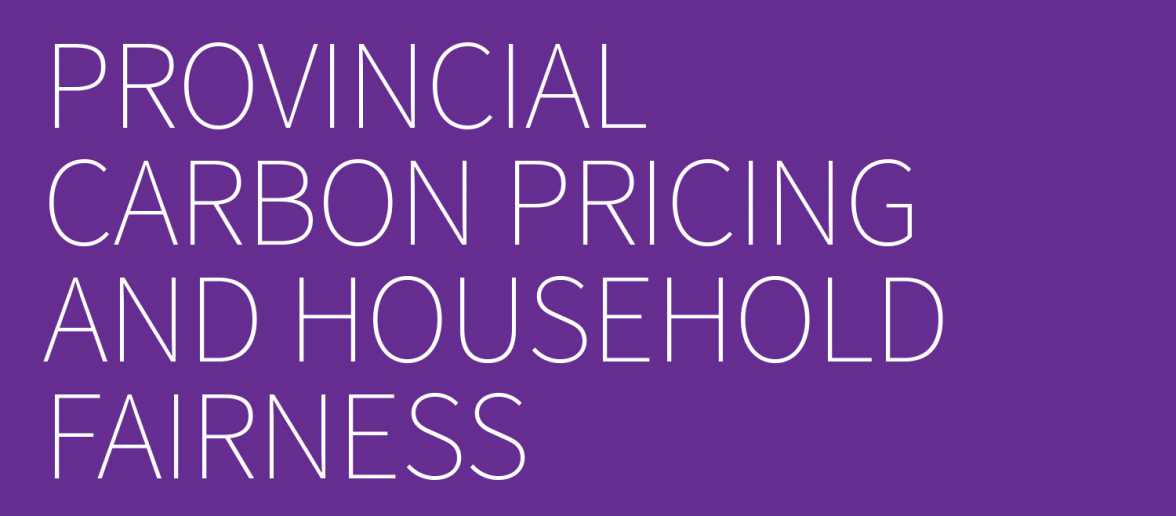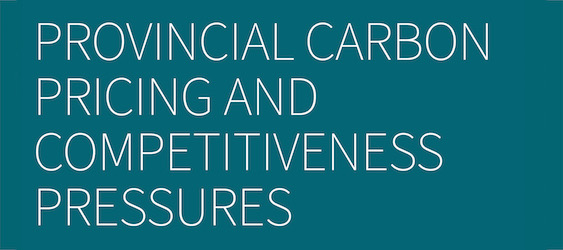
Supporting Carbon Pricing: How to identify policies that genuinely complement an economy-wide carbon price
This report presents a framework to identify complementary climate policies that can support carbon pricing. It provides key considerations for designing and evaluating individual climate policies as well as overall policy packages. Three rationales are presented for additional non-pricing policies: gap-fillers, signal-boosters and benefit-expanders.





